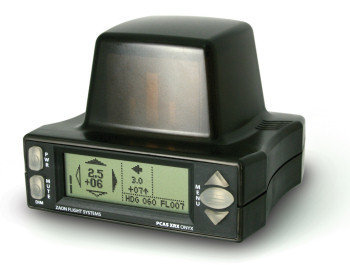The Montgomery GI Bill will cover a portion of your training but only kicks in for Instrument and Commercial.
The post 9/11 GI Bill will take you from 0 hours through Commercial but you must do it through a college degree program.
Both of these options are great for military members if you can take the time to go to school full time or can afford your Private before needing help with money.
If neither of the above options fit the needs of the student then the options are limited.
A group of investors have offered a solution to the pilot financing problems but as always could use help to get more people in the air.
The money presented to students can be in the form of grants, low interest loans or by non-typical loans.
Please help provide the funds necessary to get more pilots in the air!
If you need help financing your training, please feel free to contact me and I will help link you up with people that can help.


